

MISSOURI
June 2011

3 of 4


MISSOURI
June 2011


3 of 4
After our day in a grassy glade, I’m discovering that Midwest herping in summer is very different than spring.
Besides a lot more rock-flipping to find fewer snakes, the biggest revelation is our encounter with Missouri’s apex
predator, the ferocious and terrifying chigger.
Chiggers are larval-stage mites belonging to the aptly-named family Trombiculidae (from the Greek “to tremble”).
These micro-zombies liquefy your skin, which they dissolve with corrosive saliva, then suck up through a feeding
tube. That’s right: they literally eat you alive.
Coming from New Jersey, where chiggers of the Pine Barrens are legendary, you’d think I’d be hardened. But
this is an order of magnitude greater than any parasitic invasion I’ve experienced before. The savagery of the attack
leaves me stunned and defenseless. I am covered with angry red welts, bites on top of bites. The itching is beyond
intense, nearly psychotropic. Sleep is impossible, my existence nothing but a vicious scratching that would normally
be considered self-mutilation. I am reduced to a whimper.
Other than that, I’m having a great time, and it’s about to get better.
For many years I’ve been a big fan of Mike Pingleton, whose Notes From the Field is among the very best herping
websites around, but until now we’ve never met. In the hotel lobby we recognize each other instantly (“By their T-
shirts ye shall know them”), and then we’re off to meet Ryan Thies, one of Missouri’s finest herpers (who also has a
website of his own).
We pull up to a parking area to join Ryan and his dad, and before I’ve gotten my gear out of the car, Mike spots
our first herp of the day, a pale Gray Tree Frog. Interestingly, when we return to the car six hours later, it’s still there
on the exact same leaf, only now it’s green.
Ryan marches us through woods en route to a glade. Along the way we discover a few more amphibians.
Walking point through the wildflowers, Ryan and his dad discover a Three-toed Box Turtle underfoot.
A brilliant patch of butterfly weed makes for a great bonus, complete with, well, butterflies.
I’m delighted by these wild gardens that decorate our hike, but Ryan reminds us there’s work to be done. While
some of us are absorbed with flowers (guilty), he reaches down for a rock and uncovers the reason why we’re here.
Well, perhaps Racers aren’t the exact reason, but you get the idea. Although the common name for this
subspecies is “Yellow-bellied”, we learn they’re extremely variable, ranging from jet black (like eastern Racers) to very
blue, with or without a yellow belly. Moments after the first Racer we find a feisty little juvenile.
Back in the woods there’s more small game hiding under rocks.
We emerge from the forest into a clearing, a small hidden glade, and the bending begins once again. By now my
aching back is competing with the chigger bites, and I’m perversely grateful for the distraction.
Of course, an even better way to get my mind off my body is to find herps, and fortunately, an accommodating
Ribbon and a Racer make themselves available.
A pair of Skinks is also discovered, a female guarding her eggs, and a handsome male with a bright blue tail.
And then there are the Ringnecks. Not as many as in the spring, when they are everywhere all the time, but still
enough to represent that special signature of Midwestern herping.
This summer, that overwhelming sense of excess abundance comes from bugs: Brood XIX, the great swarm of
cicadas that emerges every thirteen years to cover the southern states west to Missouri. There is no escape from their
raspy buzz or massive legions that shroud every tree.
At least they don’t torture you in violation of international law, driving you insane with a satanic itch, longing for death to
relieve the agony . . . but I digress.
In addition to cicadas, our other constant insect companions are butterflies. One adopts me, landing on my hat
and staying there as I walk around taking pictures. Ryan also gets his share of hitchhikers, but that smile comes from
what he’s holding in his hand.
Our primary target today is syspilla, and Ryan swears this is one of his best spots. So, naturally, we find none
under any of the rocks. But then, totally unexpected, he sees one crawling through the grass. This is virtually
unheard of
―
these snakes are rarely found out in the open
―
and we’re really happy with the catch.
Ryan is pleased, too, but also a little disappointed. He says syspilla from this area are usually pure red and white,
and he considers this darker one (albeit getting ready to shed) rather ordinary. Nevertheless, we hit our target, and
I’m glad to see my third Red Milk Snake of the trip.
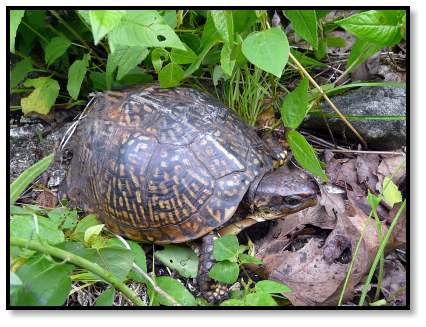

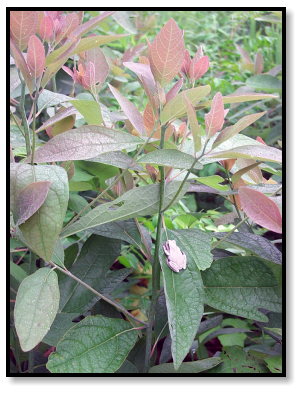
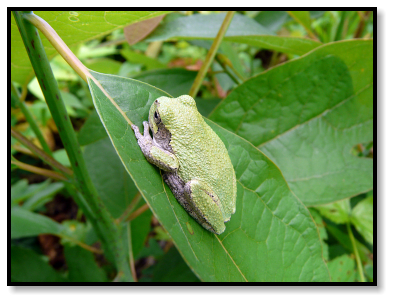
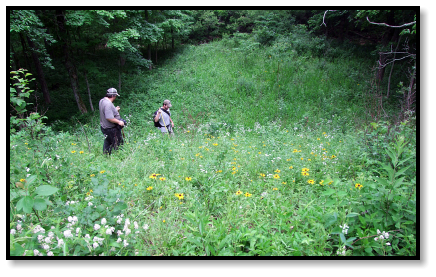
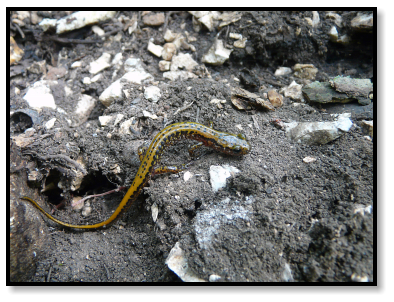
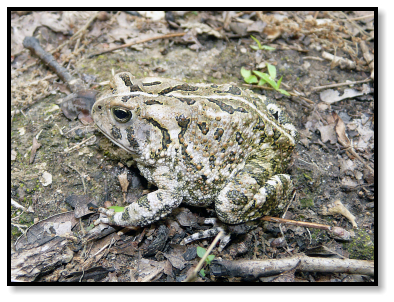
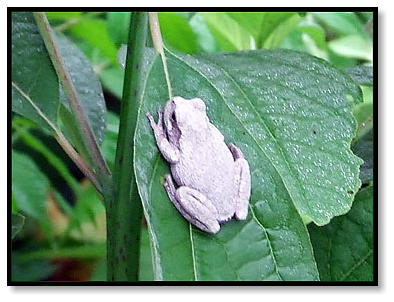
Gray Tree Frog
Hyla versicolor
Long-tailed Salamander
Eurycea longicauda
Fowlers Toad
Bufo fowleri
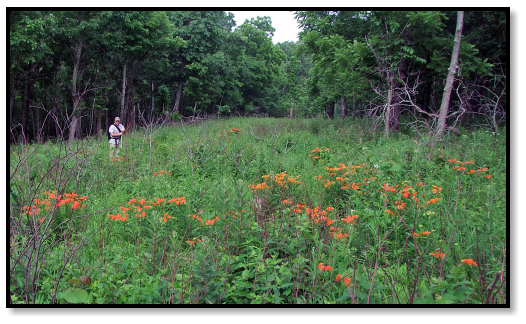
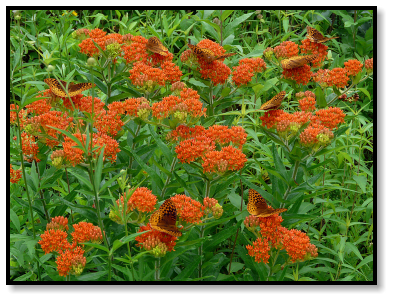
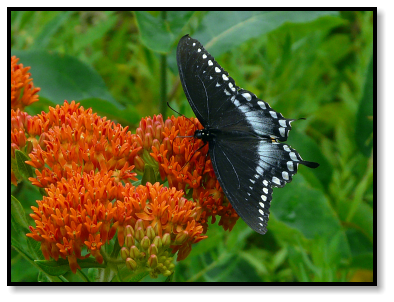
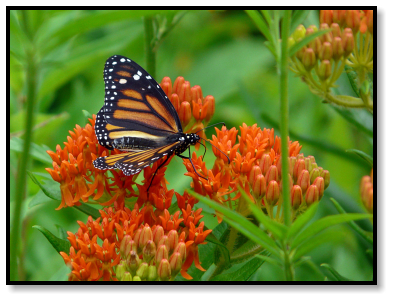

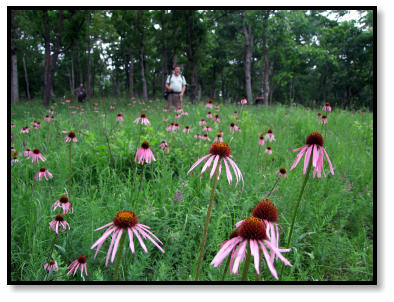
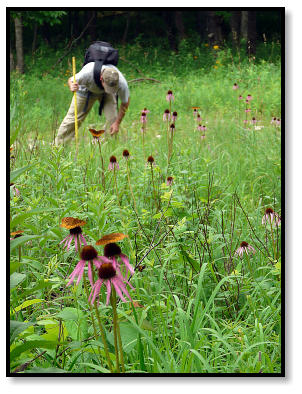
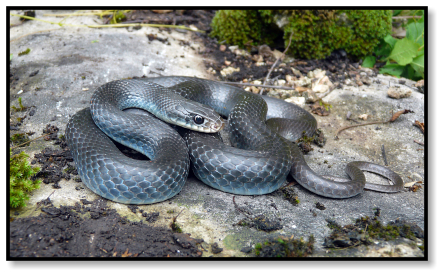
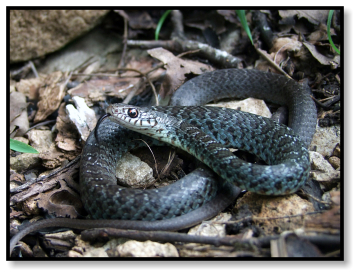
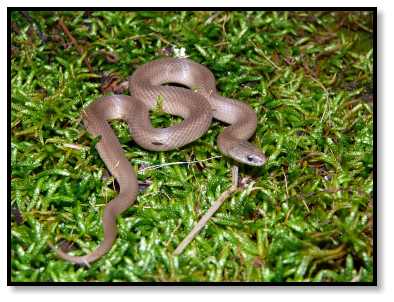
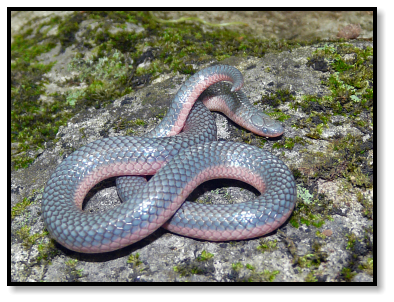
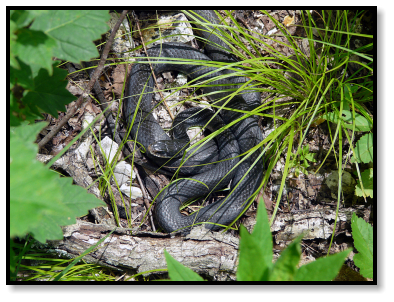

Western Worm Snake (opaque)
Carphophis vermis
Western Smooth Earth Snake
Virginia valeriae elegans
Mike
Ryan
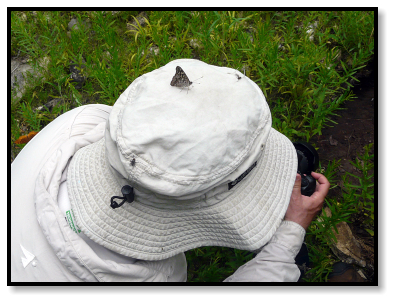
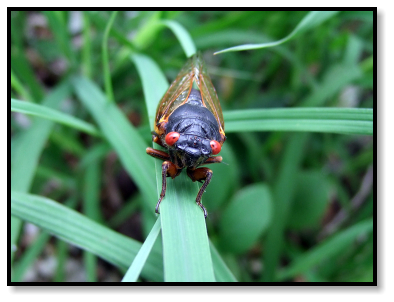
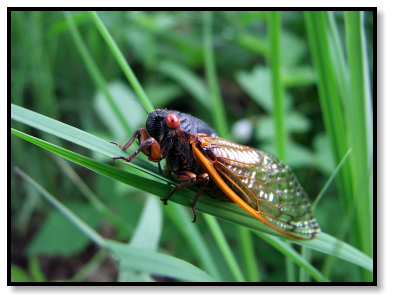
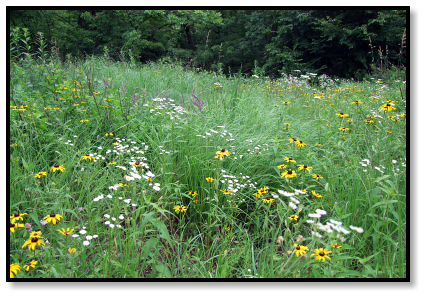
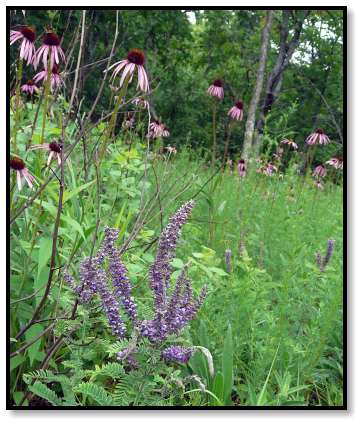
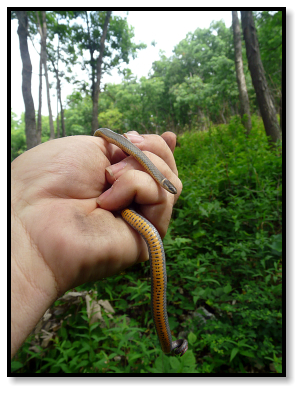
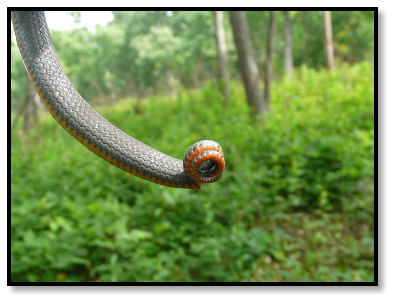
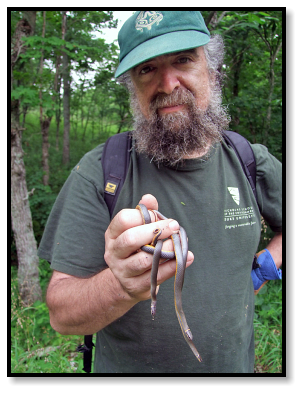
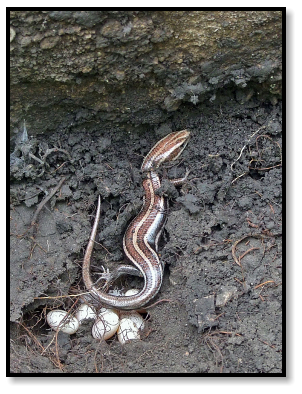
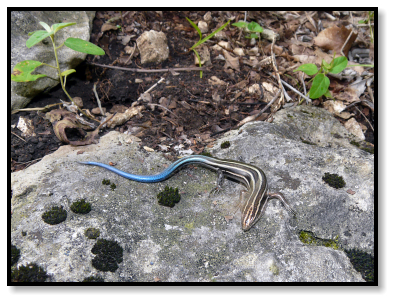


Five-lined Skink
Eumeces fasciatus







